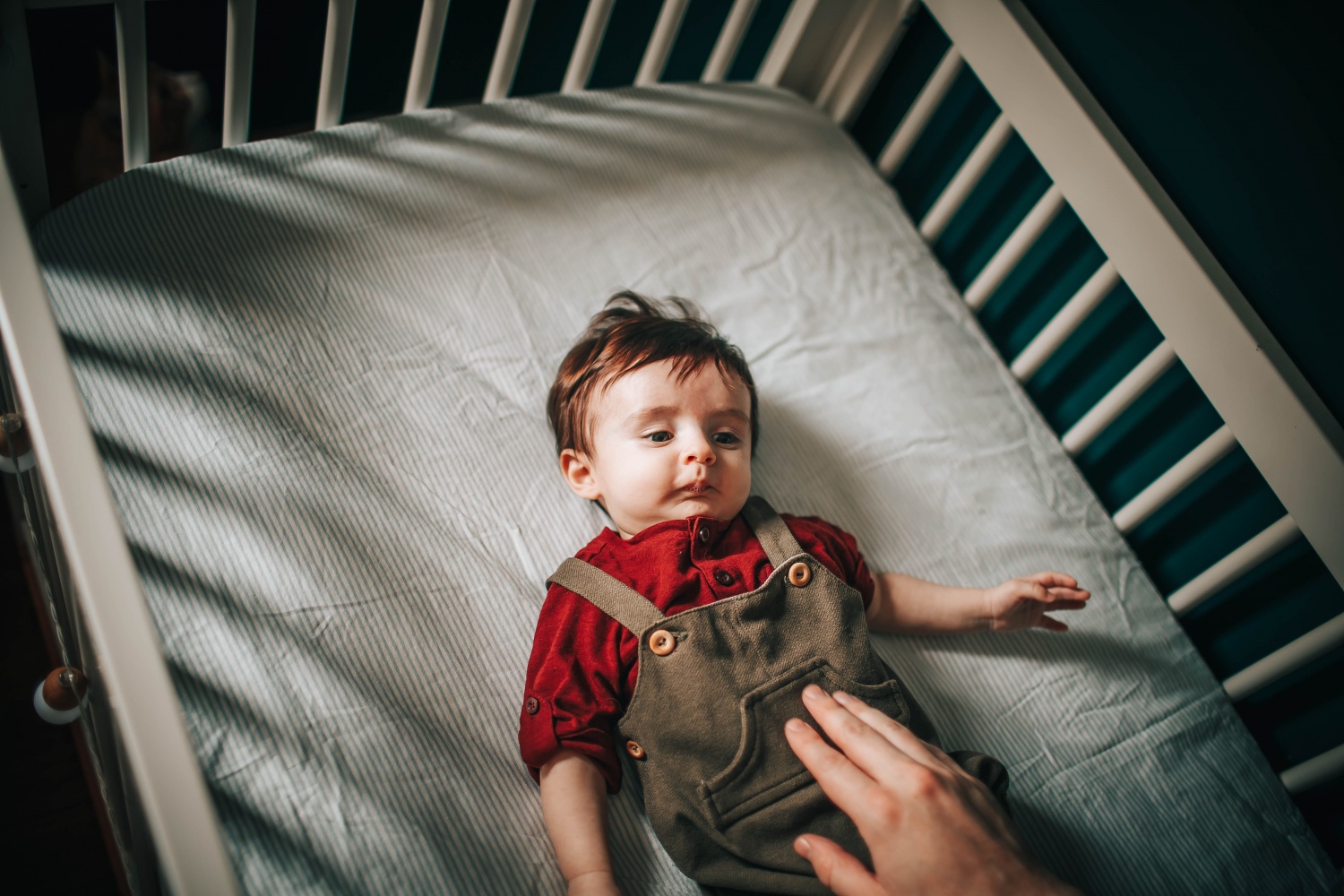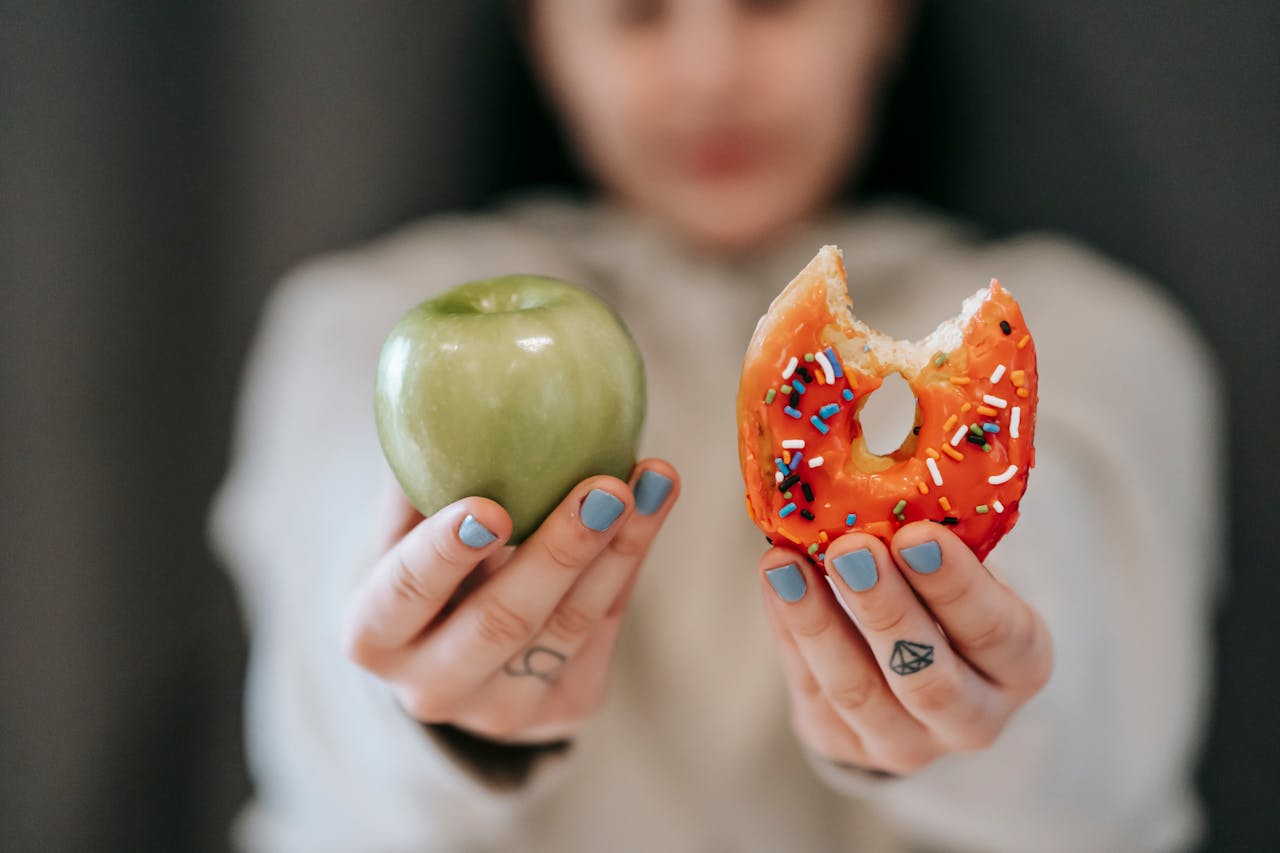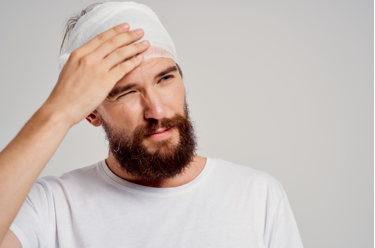Physical Wellness
Safety Tips You Need to Follow When Placing Your Newborn to Sleep

(Photo : Unsplash)
Whether you're still expecting or your little bundle of joy has arrived, you're spending some time thinking about how to get your baby to sleep. You may have heard the stories of how newborns can be a handful and barely sleep. Now, you're worried if you're up to the task.
Not to worry, though. The most important fact is to keep the baby safe and comfortable when sleeping because you can avoid the risk of SIDS (Sudden Infant Death Syndrome) or other sleep-related hazards.
As a new parent, you want your baby to sleep well, so it's important to familiarize yourself with baby safe sleep guidelines. Here are reliable tips that will help you and your baby rest easy.
Where should your newborn sleep?
Questions like the safest sleep position to place your baby, and if they should have pillows in their crib, or if it's safe for them to sleep with you in your bed, may be crossing your mind. Read on to answer your questions and see recommendations given by the American Academy of Pediatrics (AAP) about the safest sleep tips for babies.
You can share a room with the baby, but not a bed.
Sleeping with your baby in your room for the first six weeks and up to a year is recommended. This is because it lowers the risk of SIDS by up to 50%. Keeping your baby near in the same room makes it easier for nighttime feedings, especially if you're breastfeeding.
However, you should avoid placing the baby in your bed, says the AAP. Always make sure you keep your baby in their crib or bassinet because your bed has pillows and heavy blankets, and they might pose a danger for the baby. There's also the risk of you or your partner accidentally rolling over the baby, or even the threat of baby falling off from your bed.
Baby should sleep in a crib or bassinet.
Whether you decide to place your baby in a crib or bassinet after coming home from the hospital is entirely up to you. Babies can also sleep in portable cribs or playards. Whichever product you decide to go with, make sure they meet the latest CPSC standards.
You shouldn't place your newborn to sleep on anything else - not a recliner seat, couch, infant pillows, bean bag chair, glider, or inclined sleeper. Babies should sleep in their cribs or bassinet, and putting them anywhere else increases the risk of SIDS or even suffocation. Letting your baby sleep on your arms is also not recommended. You should move the baby to their crib or bassinet. This also applies if the baby falls asleep in the car seat, stroller, or infant swing. Move them to a safe sleeping environment as soon as you can.
If you're asking whether bedside sleepers are fine, well, experts haven't come up with enough evidence to determine whether they are safe to use or not.
Things to consider when choosing your baby's bassinet or crib
When you're getting your baby's nursery ready, you should keep the following factors in mind. Also, when it comes to assembling the baby's crib, follow the manufacturer's instructions carefully. If you can't do it yourself, find a professional to assemble the crib for you. This ensures that the bolts and screws are secured and won't harm the baby.
-
Footprint. The baby's bassinet should have a broad well-supported base, so that it won't fall over.
-
Weight. Some bassinets come with a weight limit on them, some as low as 15 pounds, although most can accommodate babies weighing up to 20 pounds. If you're not sure of the weight limit of the bassinet you have, consider moving your baby to a crib when they get to 15 pounds. Most babies are that weight by the time they clock 3 to 4 months old.
-
Lifespan. The CPSC recommends avoiding new and used cribs that were made before June 2011. Antique, old, and secondhand baby cribs could be unsafe for the baby to use and don't meet current safety guidelines. They may be cracked, have splintered wood or slats that are far apart, or have some leftover lead paint that's not safe for your baby.
-
Width of the slats. Make sure that the corner posts and breadth of the slats of your baby's crib are no more than 2 3/8 inches wide - about the same width as that of a soda can. If they are broader than that, then it poses a greater danger for your baby because he might be trapped between if he pushes his head between the slats. The corner posts of the crib should be filled with the end panels - no higher than 1/16th inch. If it's a new crib, this shouldn't be a problem.
-
Condition. If you're buying a new crib, it should be in line with the set guidelines, and if you're purchasing a used crib, make sure there are no broken pieces, peeling paint, and cracked or splintered wood.
Crib mattress safety tips
When choosing your crib mattress, follow these safety tips.
-
The mattress should fit well. Ensure the mattress you purchase fits snugly and tightly against the inside of your baby's crib. Use two fingers to check if they can fit between the mattress and the crib. If they fit, then the mattress isn't up to the required safety standards. If it's hard to tuck in the sides of the bed when making the crib, it means the crib is safe for your baby.
-
Use a standard-sized mattress for a full-sized baby crib. The right measurements for a standard-sized mattress should be 27 ¼ inches by 51 ¼ inches, and should be 6 inches thick, no more. Round-shaped or oval-shaped cribs usually have specially made mattresses that fit them perfectly.
-
Playards and portable cribs are usually fitted with their mattresses and are bought as one. When these two products are evaluated to determine if they comply with the safety guidelines in place, it's done with the mattress they come with. Don't use additions like toppers or thick pads because they increase the risk of the baby suffocating.
When is the perfect time to lower the crib mattress?
Many cribs are fitted with adjustable mattress heights that are created to grow with your baby. When your baby is still a few weeks old, make sure to keep the mattress at the highest level, because at this stage, there's no risk of the baby standing up or trying to climb up and out of the crib.
Once the baby is around four months old, when they can sit down, or at seven months when they can stand up, then it's time to lower the mattress to prevent the baby from climbing out of the crib.
How should you make sure your baby is safe and comfortable when sleeping?
Make sure your newborn is dressed right for sleep. You can check out some good baby clothes at https://bitsybugboutique.com/collections/newborn-baby-boy-clothes. When you're sure they are warm and comfortable, it's time to place them in their crib. Here are some tips to ensure they are safe in the crib.
Babies should be laid to sleep on their back.
You should always place your baby flat on their back when placing them in their crib to sleep. Also, ensure that the crib is empty, and the surface is flat when you let a newborn sleep on their tummy. It may cause SIDS or suffocation. Babies should be left to sleep on their back up until they are one year old.
From the time they reach three months, they can turn from side to side. It's okay to let them sleep that way.
Keep the crib clear.
The baby should sleep alone without bumpers, heavy blankets, pillows, or stuffed animals. If it gets chilly and you need to add a fleece blanket for warmth, consider using the wearable blankets for babies. They are safer.
Also, make sure the baby can't grab any cords from lamps or curtains. Keep baby monitors away from the crib. This keeps off the risk of any accidents.
Make sure the room is at the right temperature.
Make sure that the room temperature is between 68 and 72 degrees. This is the ideal temperature. Make sure the baby's clothes are few if the weather is warm outside, and add one more layer if it's cold. You can check the baby's neck to make sure he's not feeling cold or too hot.
Keep the baby in a smoke-free environment.
Avoid exposing your baby to secondhand smoke. It can increase the risk of SIDS or other related respiratory complications.
Conclusion
Safe sleep for babies is important because if they have enough rest, they won't be irritable and cranky the next day. Follow these simple tips, and you'll be able to keep your little one comfortable and safe.
* This is a contributed article and this content does not necessarily represent the views of counselheal.com









Join the Conversation